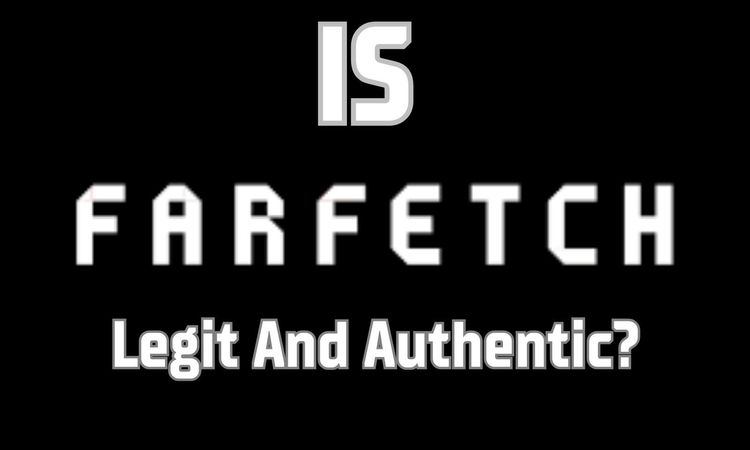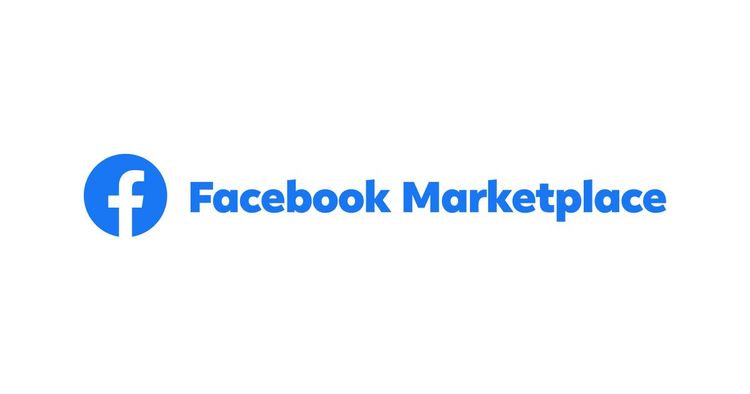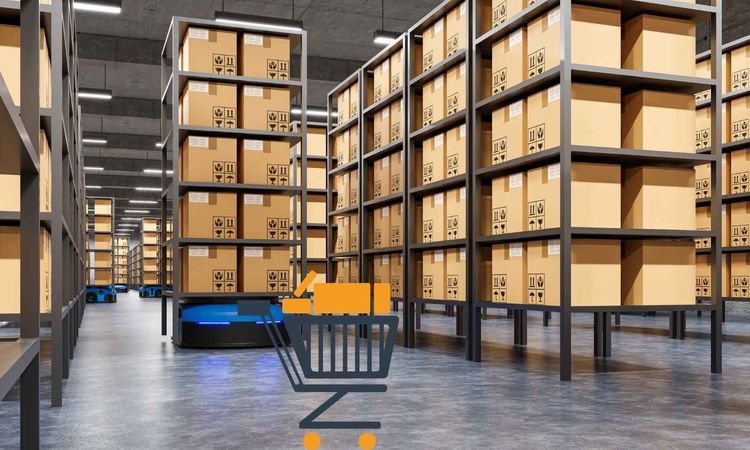In today's competitive business landscape, customer loyalty has become a critical factor for success. Companies no longer compete solely on price or product features but increasingly on the overall customer experience. With consumers having countless options available at their fingertips, businesses must focus on building strong relationships that encourage repeat purchases and brand advocacy. Customer loyalty matters now more than ever because the cost of acquiring new customers far exceeds the cost of retaining existing ones. Organizations that prioritize loyalty benefit from increased revenue, stronger brand reputation, and valuable customer feedback that drives continuous improvement.
What is customer loyalty?
Customer loyalty represents a shopper's willingness to repeatedly purchase from a specific business. It extends beyond simple repeat transactions to encompass an emotional connection with the brand. Truly loyal customers choose your business even when competitors offer lower prices or aggressive promotions.
Think of loyalty as a relationship rather than a series of transactions. Loyal customers feel personally invested in your company's success and see themselves as part of your brand story. This emotional bond creates resilience against competitive offers and transforms price-sensitive shoppers into passionate brand advocates.
The concept applies across all business types – from retail stores to service providers, B2B companies, and digital platforms. Even businesses with infrequent purchase cycles can cultivate loyalty through consistent engagement and exceptional experiences at every touchpoint.
Why is customer loyalty important?
Increase revenue and profits
Loyal customers deliver substantially higher value over time. Research consistently shows they purchase more frequently and spend more per transaction than new customers. Studies indicate loyal customers typically buy 90% more often and spend approximately 60% more per purchase.
The economics become even more compelling when considering acquisition costs. Attracting new customers typically costs five times more than retaining existing ones. Marketing to strangers requires significant investment with relatively low conversion rates, while existing customers already trust your business and respond better to your offers.
When examining lifetime value, the impact becomes clear. A loyal customer might spend thousands over several years, providing predictable revenue that helps stabilize business during market fluctuations and enables better planning for sustainable growth.
Improve brand reputation and advocacy
Word-of-mouth remains the most powerful marketing channel, and loyal customers naturally become brand ambassadors. They share positive experiences with their networks, and these personal recommendations carry significantly more weight than paid advertising.
Social media has dramatically amplified this effect. One enthusiastic customer can reach thousands of potential buyers with authentic praise that cuts through marketing noise. People inherently trust these personal endorsements more than company-generated claims.
Additionally, brand advocates provide invaluable feedback. They genuinely want your business to succeed and improve, often identifying experience gaps before they become widespread issues. This free consulting helps refine your offerings and address potential problems proactively.
Types of loyal customers
Understanding different loyalty types helps businesses tailor their retention strategies effectively.
Price-loyal customers
Price-loyal customers remain with businesses that offer consistent value. Rather than simply chasing the absolute lowest prices, these shoppers evaluate the overall cost-benefit relationship. They appreciate fair, transparent pricing without hidden fees or unexpected charges.
Businesses cultivating price loyalty focus on honest pricing structures and making value comparisons easy. They emphasize the total value delivered rather than competing solely on being the cheapest option available.
Convenience-loyal customers
Convenience-loyal customers prioritize ease and efficiency above all else. They stick with businesses that save them time and effort through streamlined processes. These shoppers value frictionless experiences that respect their busy schedules and minimize hassles.
Fast shipping, simple returns, remembered preferences, and simplified checkout processes drive convenience loyalty. Companies excelling with these customers relentlessly focus on eliminating friction points throughout the customer journey. Brand-loyal customers
Brand-loyal customers connect emotionally with your company's values and identity. They see their purchasing decisions as expressions of personal identity and remain loyal because your brand reflects their self-image and beliefs. These customers often willingly pay premium prices, proudly display your logo, and enthusiastically recommend your business. Their connection transcends rational product comparisons because they feel part of something meaningful when buying from you. Organizations with strong brand loyalty invest heavily in their story, values, and consistent experiences that reinforce their unique identity.
Program-loyal customers
Program-loyal customers respond positively to structured rewards systems. They enjoy tracking progress toward tangible benefits and appreciate recognition for their continued business. Their loyalty grows through systematic acknowledgment of their value. Points programs, tiered benefits, and exclusive access motivate these customers. They enjoy the game-like aspects of loyalty programs and calculate the additional value these systems provide. Successful programs design meaningful, achievable incentives with clear paths to rewards that genuinely matter.
How do you measure customer loyalty?
Effective loyalty measurement requires multiple metrics that each provide different insights into customer behavior and sentiment.
Net Promoter Score (NPS)
NPS measures customers' likelihood to recommend your business to others on a scale from 0-10. The final score ranges from -100 to +100, with higher scores indicating stronger loyalty and advocacy potential. This simple yet powerful metric categorizes customers as promoters, passives, or detractors. Many organizations track NPS trends quarterly or monthly, focusing on improvement over time rather than absolute numbers.
Customer loyalty index (CLI)
CLI combines multiple metrics into a comprehensive loyalty score. It typically incorporates NPS, repurchase likelihood, and willingness to try additional products. This multi-dimensional approach provides a more nuanced view than any single metric alone. Companies using CLI often customize the component metrics to align with their specific business model, creating a tailored measurement system that better reflects their unique customer relationships.
Customer effort score (CES)
CES measures how easy you make doing business with your company. It asks customers to rate the effort required for specific interactions, with lower effort strongly correlating with higher loyalty. Simplicity builds stronger customer bonds. This metric focuses specifically on identifying and removing friction points in customer experiences. Many businesses track CES across key customer journey touchpoints to reveal cumulative friction that erodes loyalty over time.
Repeat customer rate
Repeat customer rate shows the percentage of customers who purchase more than once. This straightforward behavioral measure divides repeat customers by total customers within a defined period, providing direct insight into retention success. Segmenting this rate by customer categories (demographics, acquisition channels, etc.) reveals which customers develop the strongest loyalty, informing targeted retention strategies.
Purchase frequency
Purchase frequency measures how often customers buy within specific timeframes. It reveals engagement intensity beyond simple repeat purchases, with higher frequency typically indicating stronger loyalty. This metric helps identify your most valuable customers and highlights natural purchase cycles, enabling better-timed marketing communications and more effective engagement strategies.
Average order value (AOV)
AOV calculates typical purchase amounts per transaction. Rising AOV often indicates deepening customer trust, as loyal customers generally spend more per order. Tracking AOV changes over the customer lifecycle reveals important loyalty patterns.
Analyzing AOV alongside purchase frequency provides the most accurate picture of customer value. Some loyal customers purchase frequently at lower amounts, while others buy larger amounts less often – both patterns represent valuable loyalty expressions.
How to build customer loyalty
Offer stellar customer service
Exceptional service creates emotional connections with customers. It transforms problems into opportunities for loyalty-building through quick, empathetic responses that demonstrate genuine care for customer outcomes. Train your team to solve problems creatively and remove policies that unnecessarily frustrate customers. Ensure service excellence extends consistently across all channels – phone, email, chat, and social media – to build confidence in your reliability.
Create customer feedback loops
Actively soliciting and responding to customer input demonstrates that you value their opinions. Implement both passive (reviews, social listening) and active (surveys, direct outreach) feedback mechanisms to capture comprehensive insights into loyalty drivers.
Most importantly, act visibly on the feedback received. Share how customer input shapes your decisions and acknowledge suggestions when implementing changes to transform feedback from data collection into relationship building. Segment customers and personalize experiences
Generic approaches rarely build strong loyalty. Segment customers using behavioral and preference data to create tailored experiences that recognize their unique needs and demonstrate that you value their individual business. Even simple personalization yields significant loyalty benefits. Using names in communications, remembering past purchases, and providing relevant recommendations show attentiveness that accumulates into meaningful relationships.
Provide consistent customer experiences
Consistency builds trust – a fundamental component of loyalty. Reliable experiences across all touchpoints reduce customer anxiety and create the confidence that forms the foundation for deeper loyalty.
Ensure brand promises align with actual delivery capabilities and maintain consistent quality standards throughout the customer journey. Train all team members on core experience standards to prevent the small inconsistencies that can significantly damage trust.
Promote shared values
Modern customers increasingly support businesses that share their values. Taking authentic stands on meaningful issues creates deeper connections that transform transactions into purpose-driven relationships. Clearly communicate your company's core beliefs and demonstrate these values through concrete actions. Remember that value-based loyalty requires genuine commitment, as customers quickly detect insincere social positioning.
Treat employees right
Employee experience directly influences customer loyalty. Happy staff naturally create better customer experiences, and their authentic enthusiasm transfers to interactions that build emotional connections. Invest in employee training, well-being, and advancement. Empower team members to make customer-centric decisions and recognize exceptional service. Your team's engagement directly impacts customer loyalty.
Build a community
Creating connections between customers dramatically amplifies loyalty. Community transforms individual transactions into collective experiences, with members developing loyalty to both your brand and the community itself. Facilitate customer interaction through events, forums, or social groups. Strong communities make switching to competitors emotionally costly, as members hesitate to leave valuable relationships behind.
Build a customer loyalty program
Well-designed loyalty programs provide tangible recognition for continued business and create structural incentives for consolidating purchases. Effective programs balance transactional benefits (points, discounts) with emotional rewards (status, exclusive access).
Focus on rewards that align with customer preferences and ensure benefits feel attainable and worthwhile. Create clear progress indicators toward meaningful goals to make participation intrinsically satisfying beyond the rewards themselves.
Conclusion
Customer loyalty represents one of your business's most valuable assets. It drives profitability through repeat purchases and referrals while stabilizing revenue and reducing acquisition costs. Building true loyalty requires understanding its multidimensional nature and implementing strategies that address both rational and emotional drivers. Remember that loyalty ultimately grows from consistently positive experiences. Every interaction either builds or erodes customer relationships, making loyalty everyone's responsibility across your organization. With strategic focus and persistent execution, customer loyalty becomes a sustainable competitive advantage that drives long-term business success.




